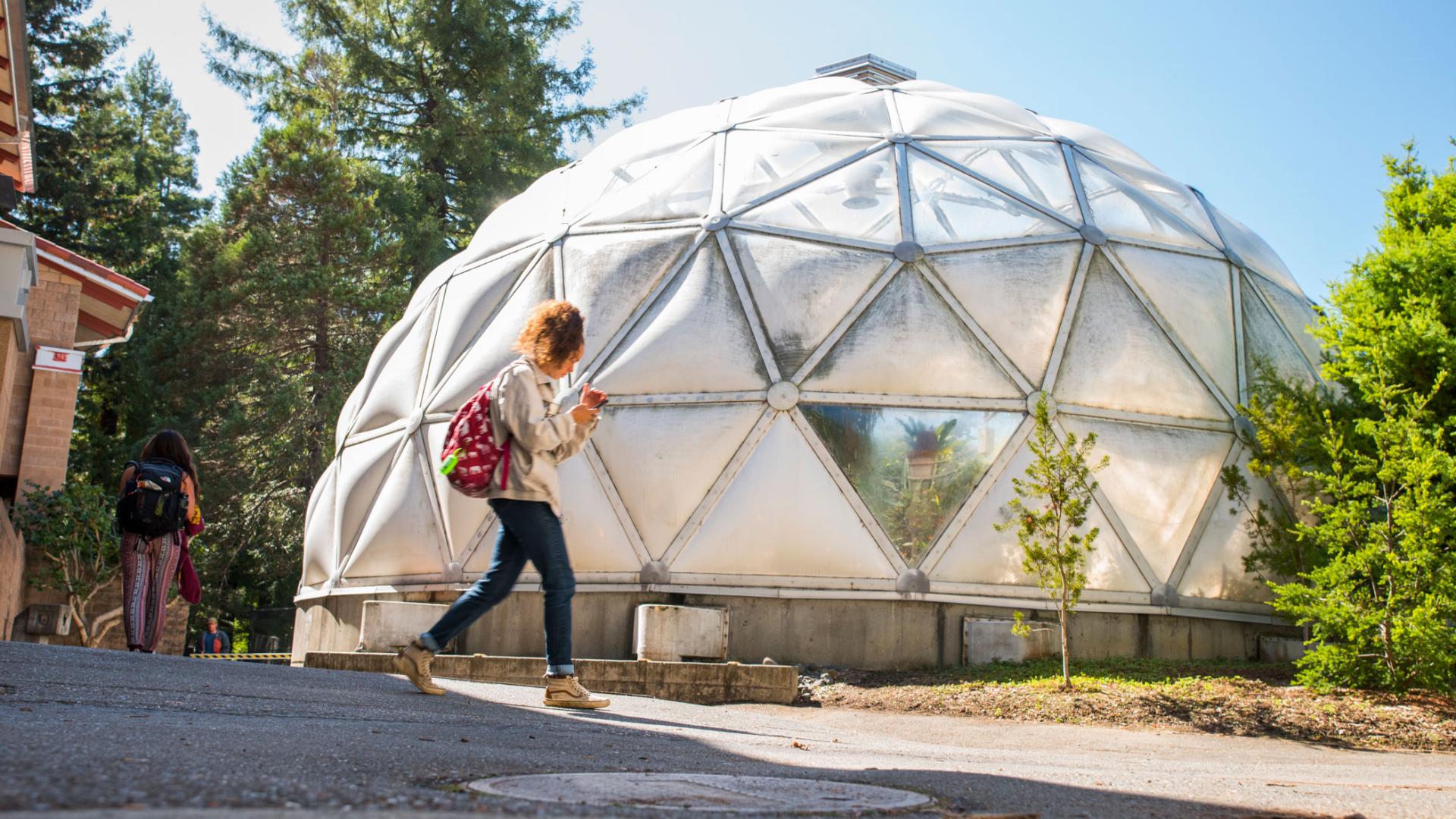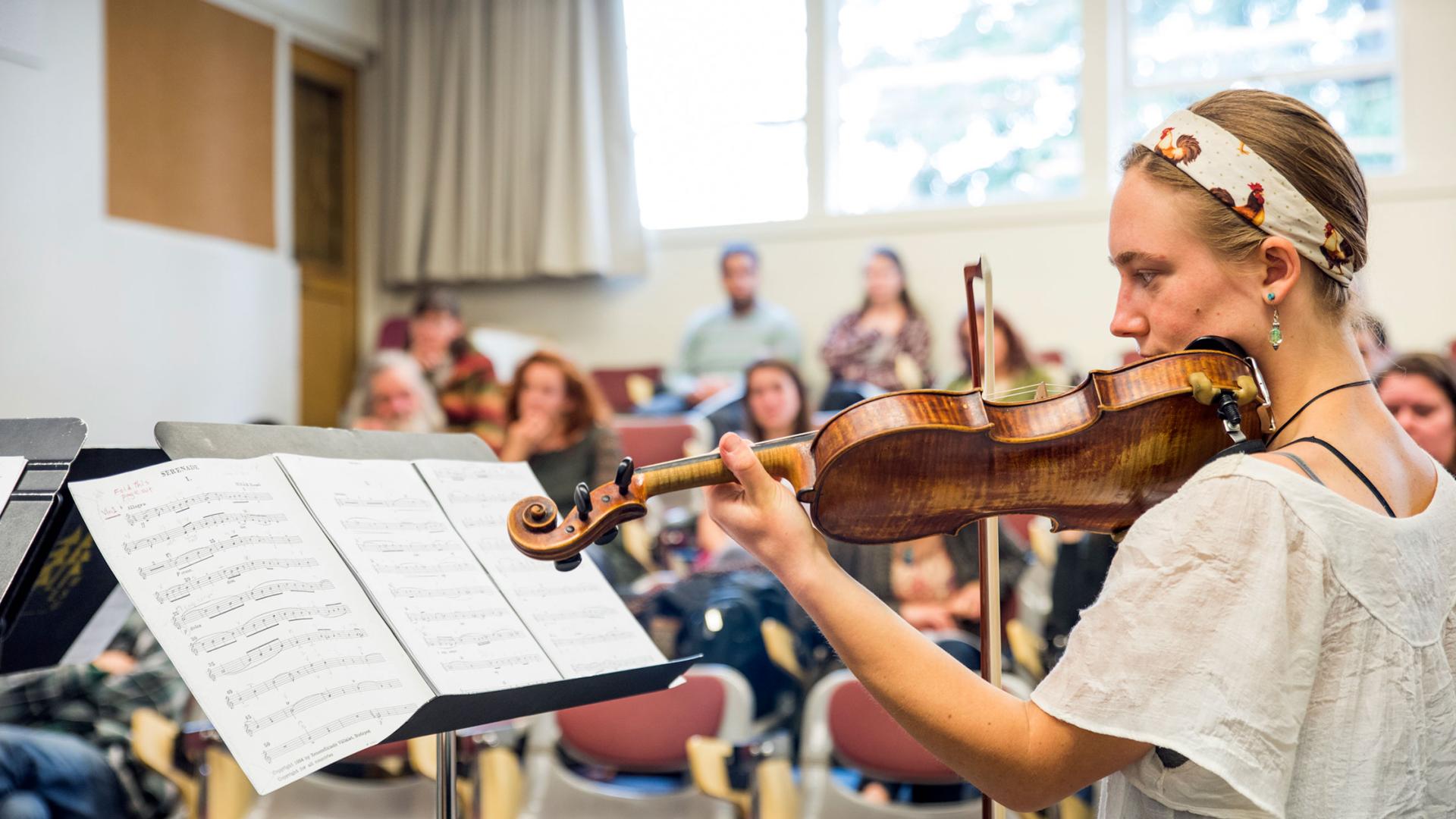Katrina Smith
Breadcrumb
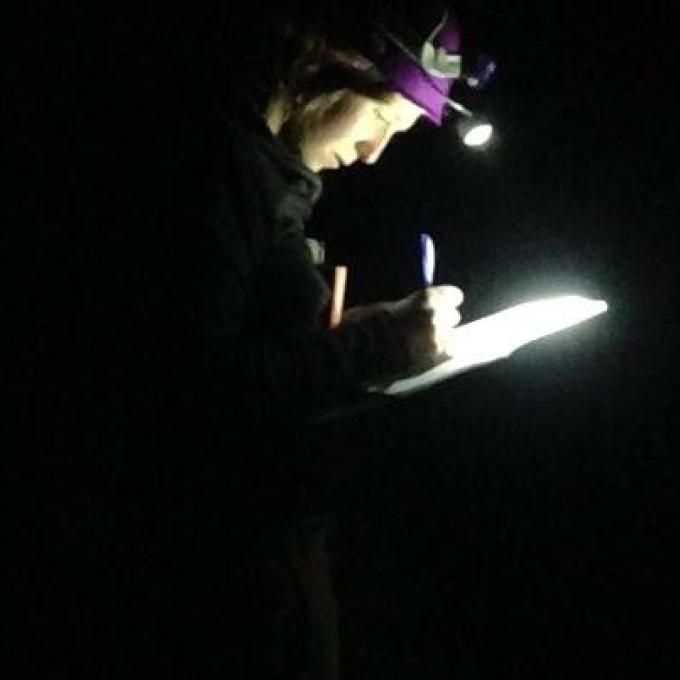
Advisor
Daniel BartonKatrina Smith, 2018
Thesis:
Katrina’s research focused on the use of habitat selection and species distribution modeling in conjunction with underlying ecological theory to improve a population monitoring program of Townsends’ big eared bats (Corynorhinus townsendii) in a volcanic landscape. She explored the relationship between the internal microclimate of volcanic caves where bats hibernate and the cave morphology characteristics that influence the cold, stable conditions necessary for optimal metabolic rates of torpor. These predictive variables of bat abundance were assessed in an effort to prioritize caves for hibernacula surveys and increase the power of bat population monitoring at Lava Beds National Monument. Katrina worked as an intern, field tech, and program manager in the National Park Service for five years after finishing her B.S. in Ecology and Environmental Biology at the University of Wisconsin-Eau Claire. Her research was supported by the White-Nose Syndrome Response Program of the National Park Service.
Shannon (Murphy) Brinkman
Breadcrumb
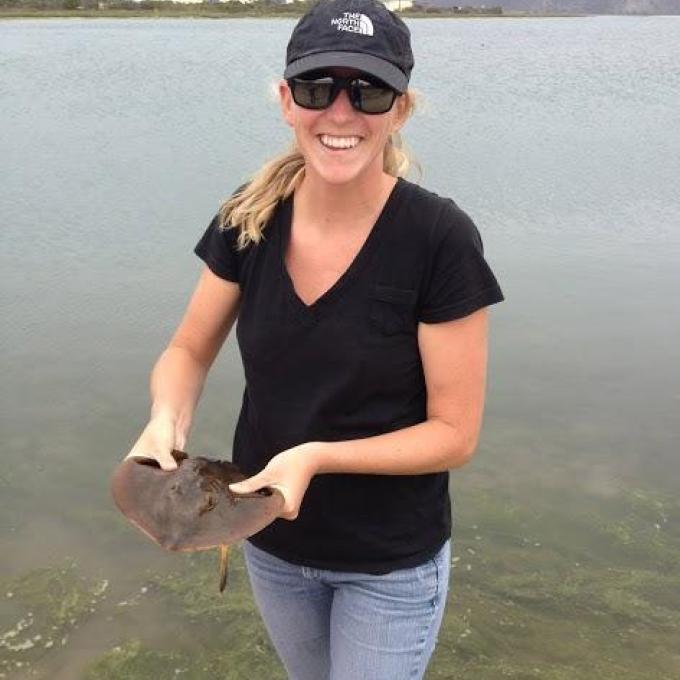
Advisor
Daniel BartonShannon (Murphy) Brinkman, 2016
Thesis:
Shannon graduated with an M.S. in 2016 and is now a biologist with the U.S. Fish and Wildlife - Arcata Field Office. She also worked with te Bureau of Land Management working on the Trinidad Seabird Protection Network. Shannon received her Bachelor of Science in biology with a concentration in field and wildlife from Cal Poly San Luis Obispo in 2009. She spent five years working on a variety of projects but her focus was on nesting shorebirds and seabirds along the California coast. She returned to school to earn her master's degree and continue her research interest with seabirds. Specifically, her research focused on parental care behaviors in Brandt's Cormorant. Seabird parental care is thought to influence reproductive success, and the associated behaviors of parental care are linked to the ability to forage in an unpredictable marine environment. Therefore, parental care behaviors and their relationship to individual chick survival may provide a stronger causal link between seabirds’ reproductive success and the marine environment, allowing for better informed management and facilitate more accurate monitoring tools. This research was supported by SeaGrant.
Emily Cate
Breadcrumb
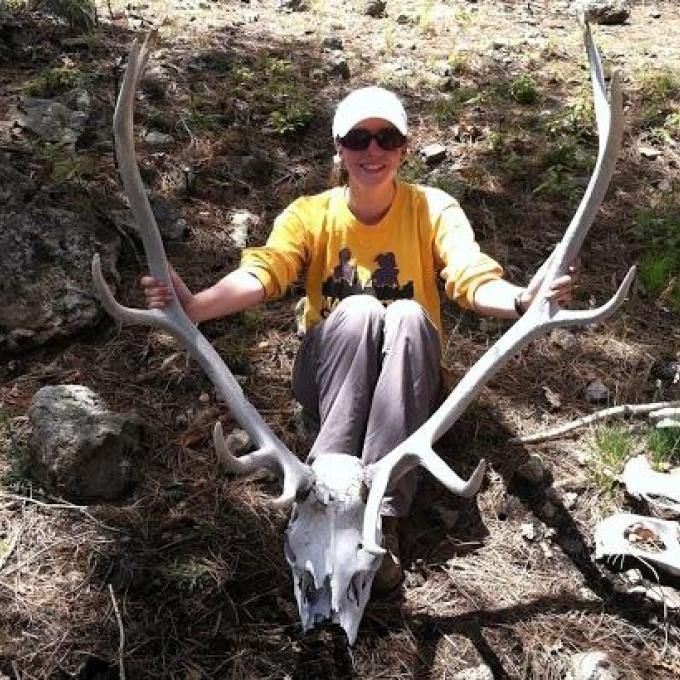
Advisor
Daniel BartonEmily Cate, 2016
Thesis:
Emily graduated with an M.S. in 2016 and is now a biologist with the U.S. Fish and Wildlife Service in southern California, working on threatened and endangered species management. Emily received her Bachelor of Science in biology with a minor in statistics from James Madison University in 2013. Her undergraduate research focused on ecological modeling of beetle populations. In addition, she participated in fieldwork assessing the impact of elephants on their local environment in South Africa. Since then she volunteered with USGS in New Mexico performing vegetation surveys, elk behavioral observations, mule deer telemetry surveys, and black bear site investigations. Her thesis focused on studying how small mammal movements and foraging mediate extinction risk in a critically endangered and range-restricted plant, Lassics lupine (Lupinus constancei). This research was supported by the USFWS-Arcata Field Office.
Justin Deminaew
Breadcrumb

Advisor
Daniel BartonJustin Deminaew, 2018
Thesis:
MS ‘18, now Warden Trainee in California Department of Fish and Wildlife
Justin's thesis research focused on assessing the effects of non-native fish removal on a herpetofauna community in sub-alpine habitats in northern California. Utilizing ongoing efforts by the CDFW to remove non-native trout (Salvelinus fontinalis) from several areas within the Trinity Alps Wilderness, he experimentally assessed the direct and indirect of effects of trout removal on trophic interactions between two species of gartersnake (T. sirtalis fitchi and T. atratus hydrophilus) and the Cascades frog (Rana cascadae), the latter of which is a California Species of Special Concern.
Justin received his B.Sc. in Wildlife from Cal Poly Humboldt in 2012. During his undergraduate years he worked for a variety of federal and university entities on everything from small mammals in Yosemite National Park to gray wolves (Canis lupus) in Alberta, Canada. Since graduating he has captured giant gartersnakes (Thamnophis gigas) with the USGS, banded passerines in the Peruvian Amazon with the University of Florida, and worked on the regulatory side of wildlife management with the California Department of Fish and Wildlife (CDFW). As reflected in his forays across the western hemisphere and in the diversity of study systems he’s worked in, Justin has broad interests in organismal biology. However, he is most intrigued with questions surrounding population biology, invasion ecology, and community ecology.
Ryan Baumbusch
Breadcrumb

Advisor
Daniel BartonRyan Baumbusch, 2016
Thesis:
Ryan graduated with an M.S. in 2016 and is now working on his PhD at Oregon State University. Ryan's research interests are in the use of population demography to answer both applied and basic ecological questions in relation to the conservation of terrestrial vertebrates. He had worked with northern spotted owls - among other species - for several years prior to joining the lab. He has been particularly interested in the conservation concerns posed for spotted owls stemming from the arrival of barred owls to the west coast of North America, and did fieldwork with the first scientific experiment to investigate if lethal barred owl removal could have a positive impact for spotted owl demography. For his master's thesis he built an individual based spatially explicit population model to investigate whether the size and distribution of barred owl removal areas has an impact on removal efficacy and efficiency. Ryan was awarded a NSF GRFP while working with the lab and is now using it to conduct his PhD reasearch at Oregon State.
Gary Glassman
Breadcrumb
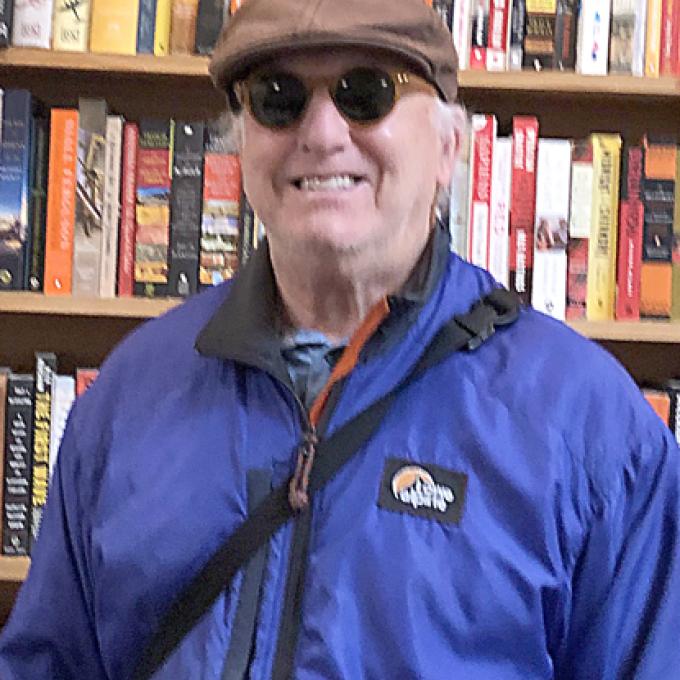
Dr. Gary Glassman
Blake Brown
Breadcrumb



